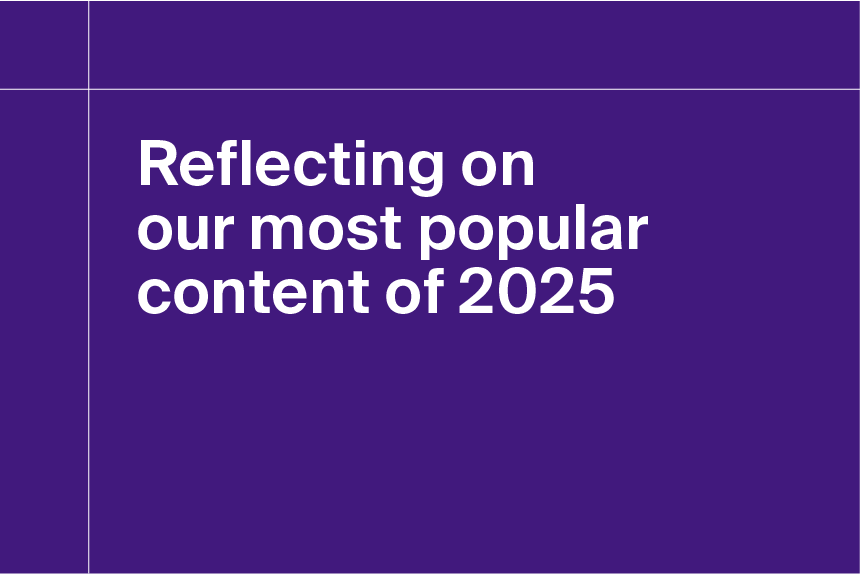Healthcare is available for everyone—at least from a legal and institutional perspective. Unfortunately, that doesn’t mean everyone enjoys equitable risk factors, care experiences, or outcomes.
Health equity is the absence of avoidable and unfair differences in health status among different populations. Many disparities are caused by social determinants of health (SDOH) like access to care, socioeconomic status, and housing. Providers, payors, communities, and governments can all play a part in improving overall population health and well-being by addressing these disparities.
For instance, the U.S. Department of Health and Human Services’ Office of Civil Rights enforces a variety of laws that prohibit healthcare discrimination on the basis of race, national origin, age, gender, sexual preference, and disability. But regulations generally only ensure that providers can’t reject a patient on discriminatory grounds. What about patients who lack the finances, transportation, or physical ability to access care in the first place?
Networks, hospitals, and healthcare professionals can and should play a more proactive role in facilitating health equity. And thanks to the shifting regulatory landscape and growing economic incentives, many providers are making health equity a top strategic priority for 2024.
Let’s take a closer look at the factors driving a focus on health equity this year.
The shifting regulatory landscape could promote health equity
Over the last decade, disparities related to race, gender, sexuality, and other matters of identity have become increasingly hot topics of public discourse. In response, legislators and government agencies have ramped up scrutiny of provider behavior and incentivized efforts to address disparities.
To tackle these disparities, we first need accurate data on how different populations use healthcare and what their outcomes are. The Centers for Medicare and Medicaid Services (CMS) introduced a rule in 2023 requiring hospitals, Medicare Advantage organizations, and prescription drug plan sponsors to collect information on patients’ and beneficiaries’ race and ethnicity.
CMS also established a health equity index for Medicare Advantage plans, a new metric within the Star Ratings program that highlights “plans that provide excellent care for underserved populations.” This gives patients greater visibility into how well different plans support the needs of populations facing health disparities.
On the life sciences side of the industry, the U.S. Food and Drug Administration (FDA) now requires drug and device companies to submit diversity plans for late-stage clinical trials. The goal here is to increase the number of trial participants from under-represented groups and ensure that pharmaceuticals and medical devices are safe and effective for all patients.
Forward-thinking healthcare organizations likely won’t need to make sweeping operational changes to comply with these regulatory shifts. However, there are some considerable economic benefits to improving health equity that could compel providers and others to go beyond mere compliance.
The economic case for health equity
Health disparities, especially those related to access, insurance status, mental health, and disease burden, can significantly contribute to higher healthcare costs, increased hospital readmissions, and a greater burden on emergency services.
One 2023 study published in JAMA estimated that health disparities for racial/ethnic minorities accounted for between $421 billion and $451 billion in excess medical expenditures, lost labor productivity, and premature death. The same study estimated that inequalities for non-college-educated adults accounted for between $940 billion and $978 billion in economic burden.
By proactively identifying and addressing these disparities, providers can reduce the overall cost of care, improve care delivery and outcomes, and ultimately experience better financial outcomes. For instance, lack of transportation options can lead some patients to avoid preventive care, potentially allowing latent health issues to grow until the patient is forced to rely on emergency medical transport and high-cost medical interventions.
Providers could leverage their existing resources—or even better, partner with local community organizations—to offer transportation for patients who are otherwise unable to get to routine care appointments. Not only does this cut costs related to emergency care and readmissions in the long-term; it also creates new reimbursement opportunities by engaging and supporting patients for a greater portion of their care journeys.
A more insidious form of health disparity is the difference in treatment afforded to members of different populations. Racial and ethnic minorities and people with diverse gender identities and sexual orientations are more likely than their white, cis, and heterosexual peers to report negative care experiences, a sense of being ignored or misunderstood, or even outright discrimination from their healthcare professionals.
In 2024, we can expect to see many providers double down on cultural competency and create educational opportunities to help their staff identify, understand, and address potential biases in the way they deliver care to people with diverse gender experiences, racial minorities, and other underserved populations. Success in this department should manifest in the provider’s health equity index, the overall satisfaction and care outcomes of their patients, and their bottom line.
Technology can level the playing field
While the average patient isn’t video-calling their doctor as much as they once did, telehealth remains a powerful tool for improving health equity.
Telehealth can provide access to care for patients who lack the transportation, physical ability, or funds needed to see a physician in person. Telehealth can also improve medication compliance and help keep patients out of the emergency room, reducing provider costs and boosting their performance scores. If your facility or network isn’t already offering telehealth services, you’re missing a major source of reimbursement and cost-savings.
Other technologies like artificial intelligence and machine learning can also boost health equity in a variety of ways, from identifying high-risk patients for earlier engagement to uncovering demographic usage trends that reveal opportunities for service line growth and population outreach.
Discover other 2024 healthcare trends
Whether your organization has been working to address disparities for years or you’re just beginning to incorporate health equity into your business strategy, you’ll want to understand the totality of the healthcare landscape as you plan for 2024 and beyond. Check out our other blogs detailing the top nine trends shaping healthcare in 2024, or sign up for a free trial and get hands-on access to the latest healthcare intelligence on providers, facilities, payors, and patients around the country.




